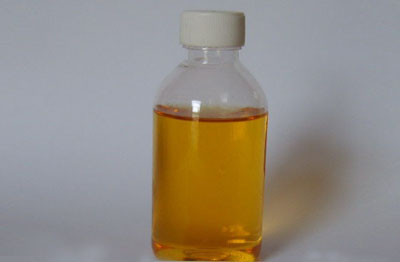
WANNATE PM—200, polyaryl polymethylene isocyanate
Product Introduction
WANNATE PM 200 is a dark brown liquid containing a certain amount of isocyanate with high functionality and diphenylmethane diisocyanate.
| Brand: Wanhua | Origin: Yantai |
| Viscosity (25℃): 30.2 | NCO(%Wt):30.2 |
| Appearance: Brown liquid | Acid content % calculated by HCI: ≤ 0.05 |
| Hydrolytic chlorine content (w%): ≤0.2 | Packing drum: 250 kg/drum |
Products Uses
WANNATE PM 200 can be widely used in the manufacture of rigid polyurethane foam insulation materials; can also be used in the fields of isocyanurate foam, coating, adhesive, seepage prevention and leakage stoppage, structural foam, microporous self-skin foam, automobile bumpers, interior trim parts, high-resilience foam, synthetic wood and the like.
Storage precautions
The active chemical properties of PM 200 are easy to react with moisture, generate insoluble urea compounds and release carbon dioxide, cause drum and increase viscosity. Therefore, during storage, it is necessary to ensure strict dry sealing of containers and fill dry nitrogen for protection.
PM 200, it should be stored in a well-ventilated room at room temperature (15℃-35℃) in a strictly sealed manner; As the temperature decreases, the viscosity of PM200 will increase, which will affect the use. If the storage temperature is too low (below 5℃), it may lead to crystallization, so we must pay attention to anti-freezing. Once crystallization occurs, it must be immediately heated and melted in a short time. The heating temperature of the material shall not exceed 70℃. Local overheating is strictly prohibited, because the product will decompose and generate gas when it exceeds 230 ℃. It is recommended to use a hot air oven equipped with a roller device for drying. After drying, The materials in the barrel must be mixed evenly. During the drying process of the drum, the supporting points of the barrel shall be paid close attention to to prevent leakage caused by abrasion and collision.
Long-term storage at temperatures above 505℃ should be avoided to avoid the formation of insoluble solids and increase in annual production.